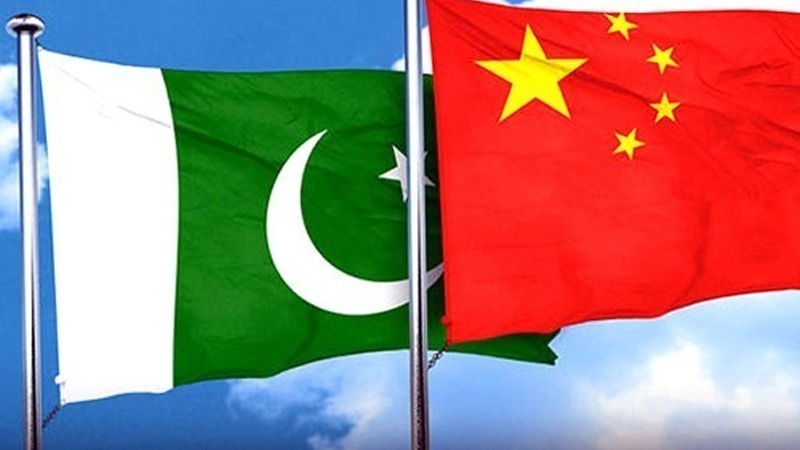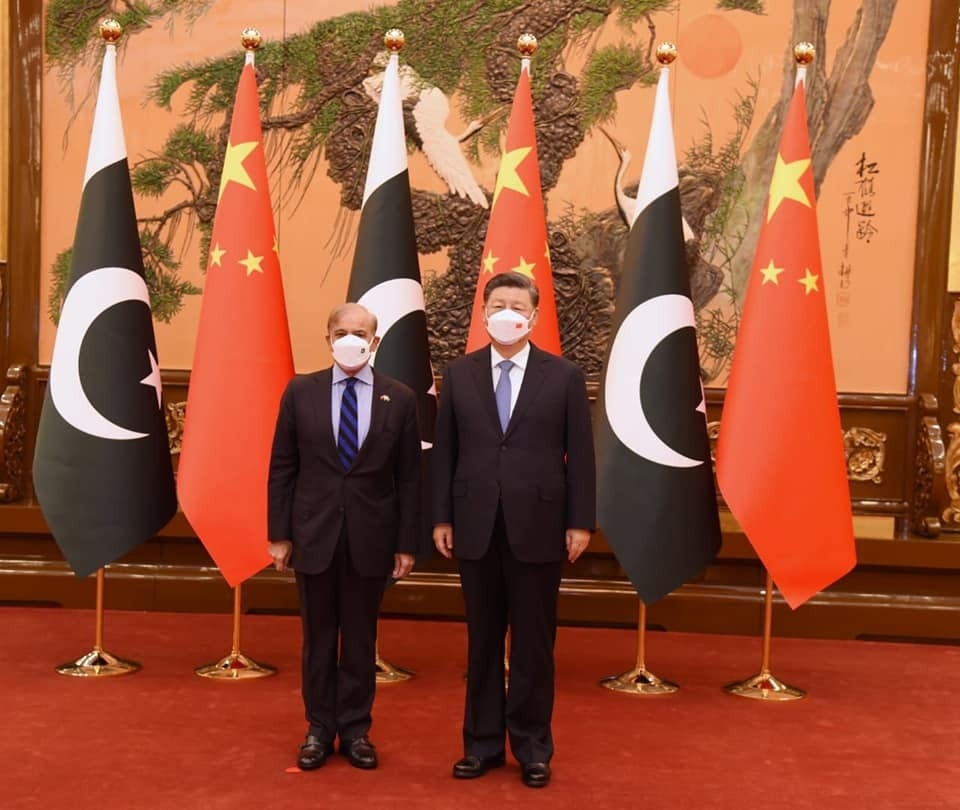Any alteration in the status quo by China and Pakistan in the Shaksgam Valley infringes upon India’s sovereignty and territorial integrity. Additionally, such changes could disrupt the existing security dynamics in this mountainous terrain … writes Sanal Kumar Sharma
Recent commercial satellite imagery reveals that China has built a road across the Aghil Pass and this road stretches into the lower Shaksgam Valley in Pakistan Occupied Jammu and Kashmir (PoJK). Further, China has also built a parallel track to the road in the Shaksgam Valley in the Trans-Karakoram tract. While India has been aware for quite some time of Chinese road construction activity in the Shaksgam Valley, territory that Pakistan illegally ceded to China in 1963, the threat to India has increased with the road ahead coming close to the Siachen Glacier.
The road branches off from a highway in China’s Xinjiang province and disappears into the mountains around 50 kms north of the Siachen Glacier. The groundwork for this road was laid between June and August of last year. Given China’s rapid construction abilities, this distance is easily bridgeable and poses a clear and present danger to India’s national security.
India has regularly documented the frequent border violations by China along the border. However, a more concerning development is their militarisation of PoJK and the Shaksgam Valley. China has been building military infrastructure and roads in the Shaksgam Valley as a strategic move to distract India from its land grab in PoJK, a region over which India has territorial claims. China and Pakistan’s collaboration on building infrastructure in this 590 km long border area disregards India’s rights and creates a direct military threat. Satellite imagery suggests this road construction may have begun in mid-2017, after a border stand-off between India, Bhutan and China. The construction that passes through Aghil Pass (India’s frontier with Xinjiang before 1947) was first flagged on X (formerly Twitter) by ‘Nature Desai’, an observer of the Indo-Tibetan boundary.
Any alteration in the status quo by China and Pakistan in the Shaksgam Valley infringes upon India’s sovereignty and territorial integrity. Additionally, such changes could disrupt the existing security dynamics in this mountainous terrain. These apprehensions are compounded by reports of increased military collaboration in the area. In 2021, the Gilgit-Baltistan province unveiled plans for a new road linking Muzaffarabad to Mustagh Pass, bordering Pakistan’s Shaksgam Valley. This road is proposed to connect with Yarkand in Xinjiang, suggesting a potential route through the Shaksgam Valley to link with China’s G219 national highway.

The Indian government has consistently claimed the Shaksgam Valley, which is currently controlled by China, as part of its territory. This includes the region of Pakistan-occupied Kashmir (PoJK). In a 2019 speech, Home Minister Amit Shah reaffirmed this position, stating that the Indian constitution defines Jammu and Kashmir to include both PoJK and Aksai Chin. The road reportedly enters the disputed territory at Aghil Pass, which historically marked the border between Kashmir and Tibet. This fact was even acknowledged by past Chinese rulers. India frequently cites Aghil Pass and the Shaksgam Valley in border negotiations with China, pointing to historical evidence to support its claim. This evidence includes Indian government maps, dating back to 1907, that consistently showed the area as Indian Territory. Interestingly, archival Chinese maps from the early 20th century also seemed to agree, according to a website run by Claude Arpi, a scholar specialising in Tibet, with India’s stand.
There are implications of China taking physical and military control of the Shaksgam Valley. The first is that by having de facto control, it gives China the opportunity to claim that the border between India and Xinjiang extending from the Karakoram Pass to Afghanistan, a distance of some 590 km, does not exist and is actually the border between China and Pakistan. This is a result of the 1963 border agreement between China and Pakistan. By pushing in military infrastructure into the Shaksgam Valley, China has effectively altered the status quo of the 1963 Agreement making it null and void. The next point of note is that China has used geography to its advantage to create a pincer from two sides on the Siachen Glacier towards India. It also means that the border with China is today only 3,488 km, whereas in reality, it is a little over 4,000 km, if the Shaksgam Valley border up to Afghanistan is included!
From a military perspective, Chinese infrastructure could potentially threaten Indian troops stationed in Ladakh in the future. This latest development is significant and should be seen as part of China’s ongoing strategy of pressuring India through incursions all along the Line of Actual Control. Essentially, they are part of a larger Chinese plan to establish a permanent military presence in the contested areas. Chinese Border Defence personnel have also been observed patrolling the area along the newly constructed road in the Shaksgam region. At least two military posts are also visible. Older satellite imagery of 24 October 2016 showed no roads or posts in the entire Shaksgam Valley.
Jammu and Kashmir is a strategically vital area for India. Control of parts of the Union Territory by Pakistan and China over time have created challenges for India diplomatically and militarily. The China-Pakistan concert in PoJK creates multiple challenges. India has thus far, avoided direct conflict to reclaim these areas, while Pakistan has used military force on several occasions. It is only recently that India has articulated the need to ensure the re-integration of PoJK with India. When India revoked J&K’s special status in 2018, China sided with Pakistan and called Kashmir “disputed.”
Currently, China is mainly backing Pakistan publicly, helping them get international attention, and putting troops near the Ladakh border to put pressure on India. The emergence of a second Chinese road intersection in the Karakoram, this time through the Aghil Pass in the Shaksgam Valley, represents a significant development. Recall that the pre-existing route in the PoJK, i.e., National Highway 35/G-314 through the Khunjerab Pass, serves as a vital link of the CPEC, the construction of an alternative route through the Shaksgam Valley introduces a new dynamic. The Chinese infrastructure project in the Shaksgam Valley directly threaten India’s sovereignty and security, especially given their proximity to the Siachen Glacier. The strategic significance of the Siachen Glacier underscores the urgency for India to fortify defences and pursue proactive diplomatic and military solutions.

Leave a Reply